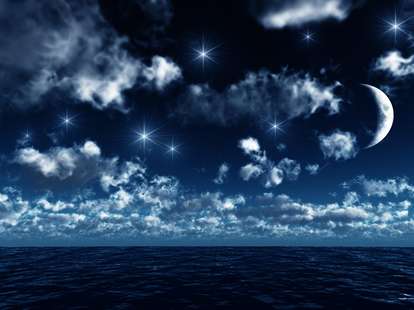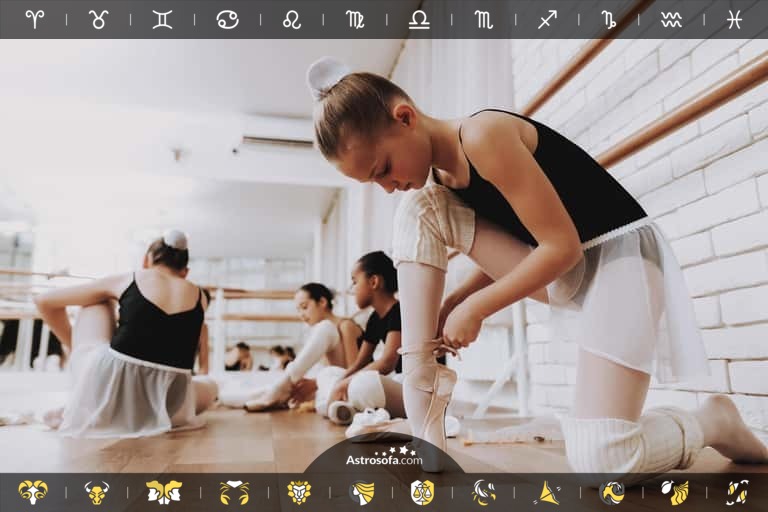|
Daily aspects
|
|
Moon Square Neptune |
|
Half Moon (Aries) |
|
Moon → Taurus |
Daily aspects

This transit can cause a dreamy disposition, passive attitude, tendency to self-deception, imbalance, hypersensitivity, weakened instinctual life, and nervous disorders. You could also get lost in wishful thinking. Try not watch horror movies during this time, as it may disturb you, and could lead to vivid nightmares.

This aspect can lead to family problems, health disorders, difficulties at work, discomfort with the opposite sex, and public disagreements. It is highly important to think before you act or react. It can also cause pain in the womb, especially during "that time of the month" for young ladies and women.

The Taurus Moon helps us to preserve and increase money and material possessions. Security, compatibility, holding on to family are essential to us. These days we are very focused on our family and our home. And enjoyment in all areas is paramount.
Current timezone: Australia/Melbourne (UTC +10:00). change timezone
Calendar
Please choose a day:





